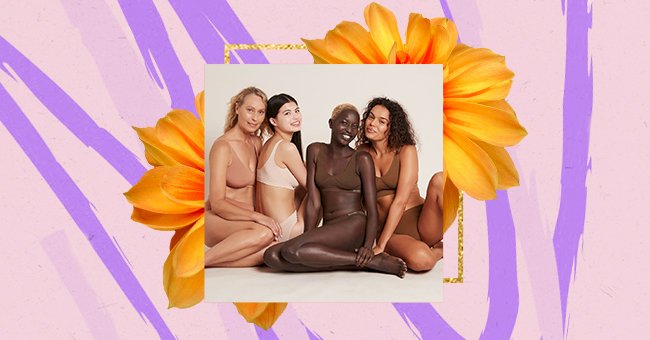
Sustainable Fashion Moves To Be More Mainstream & Affordable
From white and elitist trends, sustainable fashion is now more affordable, including different sizes, aesthetics, and prices.
The celeb stylist Dechel Mckillian noticed a lack of representation and a sense of elitism in sustainable fashion when she started working with it many years ago. In her own words, it was a very “granola-yoga-DIY” and luxurious type of market.
According to her, you needed to be highly successful and white to afford eco-conscious fashion. Fortunately, the scenario has changed, at least a bit.
Mckillian herself decided to move into this market, bringing more inclusivity, and opened a boutique and showroom in LA, offering local and sustainable brands. She wants to break the stigma to enjoy sustainable fashion you need to be part of an elite group:
"Once I started digging, I found that, actually, there were a lot of sustainable brands [that were run or designed by] people of all different races and ethnicities”
Dechel Mckillian to Bustle
Not too long ago, the most prominent names on eco-friendly fashion were uber-luxury brands like Stela McCartney, Patagonia, and Eileen Fishers. But that’s finally changing.
Sustainable fashion now offers diversity and inclusivity for people of different sizes, aesthetics, backgrounds, races, social classes, and budgets.
Brands like Boody and Collective Girlfriend are going well beyond sustainable fashion and embracing inclusivity showing models of different sizes, races, and abilities wearing their clothes.
Sustainable fashion is not only a purchase or brand choice; it is actually part of the whole process, including thrifting, shopping, and mending.
Since sustainable fashion has become less expensive to produce and with a wide range of eco-friendly fabrics, it opened up opportunities for new businesses to offer eco-conscious products at affordable prices.
The industry and the factories are more open to talk about and switch to sustainable fashion, and technology has evolved and made it easier for business owners.
Being sustainable and eco-conscious isn’t just manufacturing and producing items with sustainable products or eliminating waste. It includes embracing social and racial diversity, environmental and climate consciousness, and social justice, especially for workers in the fashion industry.